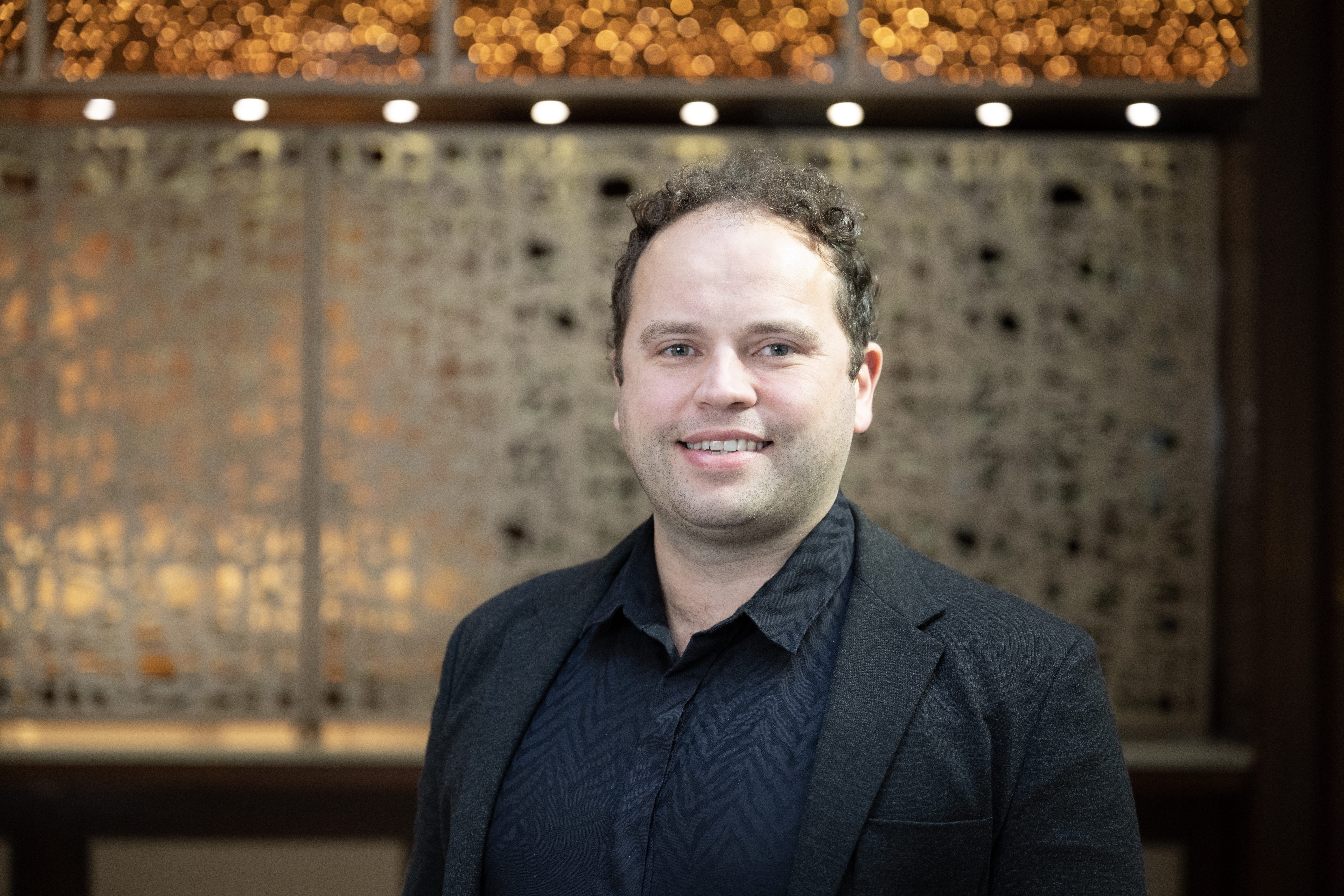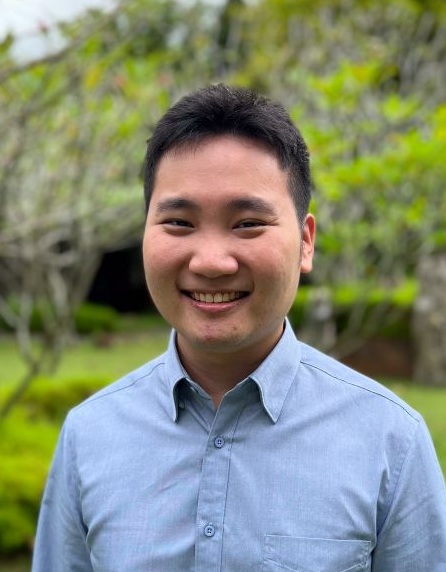Welcome to CSIT Technology Conference (TechCon) 2025!
CSIT proudly presents TechCon 2025 - a closed-door, by-invitation-only technical conference where the Singapore government and global industry cyber practitioners and experts converge.
In its 3rd annual edition, TechCon 2025 deep dives into the digitial defence domain. Guest speakers will adopt the lens of cyber adversaries to unveil novel, emerging attack tactics and trends. This intelligence provides an opportunity to strengthen defences.
TechCon 2025 is more than a conference. It brings together a community of practitioners and experts in digital defence where we have a unique opportunity to exchange insights, challenge assumptions and network with peers who are shaping the future of cyber resilience and innovation.
-head-shot.jpg?Status=Master&sfvrsn=451e6cd_1)
Darren Teo
Chief Executive, CSIT

John Miller
Director, Threat Intelligence, Google Threat Intelligence Group
Adversaries are evolving alongside enterprise technology and network defences - but some tactics never go out of style. This talk explores the tension between innovation and persistence in modern threat actor behaviour. Leveraging insights from Microsoft’s global threat intelligence, we’ll first examine how shifts in enterprise environments and the economics of network defence are driving changes in attacker strategy. Next, we will examine real-world events through technical case studies from the past year, including Forest Blizzard’s LLM-capable malware, state-sponsored campaigns involving SharePoint exploitation, Storm-0978’s curiously deceptive operations, and the continued use of software exploitation for initial access. The talk will highlight what’s new, what’s enduring, and what it all means for defenders going forward.

Justin Warner
Director of Cyber Threat Intelligence, Microsoft Threat Intelligence Center
LLMs are quickly being integrated into decision-making processes in traditional software applications, and LLM compromise will drive the next generation of security issues. However, today there are major gaps in the ability to identify and prevent security issues in LLM- based systems, because we don't fully understand how LLMs work or how they respond to stimuli. We will briefly overview AI Interpretability, explain how defenders can interpret LLMs to defend against attacks, and introduce a recently-identified structural weakness in LLMs that can only be found using the interpretability toolkit.

Noam Youngerman
Co-founder and CTO, Epos

Chan Hwa Huei
Director, Mobile Security, CSIT
This presentation goes behind the scenes as we recount the most significant cyber-attack in our history, extracting lessons from both attacker's and defender's perspectives. As we transition into the AI era, we will examine the implications of these lessons on the future of cyber defence. How will AI-powered attacks change the game? What new defence capabilities can we leverage on? To spark your imagination and challenge assumptions, we will present a live demonstration that will blur the lines and challenge conventional thinking. Cyber defenders can take away actionable priorities and steps to stay ahead of the threats while also considering ethical aspects.

Yossi Sariel
Advisor, Decart AI
In this presentation, we uncover the groundbreaking yet unsettling role of AI in reshaping cyber warfare. As AI evolves at breakneck speed, it’s not just revolutionising industries—it’s empowering hackers to launch advanced cyber weapons at unprecedented efficiency. These tools drastically cut attack time, creating a new era of high-speed automated cybercrime, where the expertise once required is now in the hands of AI, making any beginner a world-class hacker.
We’ll dive into the underworld of AI-powered hacking, spotlighting WormGPT & FraudGPT, tools that emerged in mid-2023. Designed for malicious activities, these LLMs can generate undetectable malware, phishing campaigns, and exploit vulnerabilities with shocking ease. Through a demo, we’ll explore how this AI-driven technology is transforming the cybercriminal landscape and why it’s a wake-up call for all security professionals.

Oded Vanunu
Chief Technologist & Head Vulnerability Research, CheckPoint
Drawing on 15 years of observing of the criminal underground, this session will provide a forward-looking analysis of significant shifts in the threat landscape. It will focus on two key trends: the migration of threat actors from traditional forums to other platforms, and the rapid weaponisation of AI to achieve unprecedented scale and sophistication. The goal is to shed light on what's next in adversary evolution and discuss the implications for defensive strategies.

Oleg Bondarenko
Senior Manager, Strategic Development & Collection Operations, Google Threat Intelligence Group
This session examines LLM safeguards and explores various circumvention techniques including prompt-based techniques and brain surgery-style bypasses. We will examine the potential cybersecurity threats and misinformation risks associated with these emerging vulnerabilities and discuss possible mitigation strategies to counter them.

Chua Wei Ting
Deputy Director, Cybersecurity, CSIT
Defenders often approach security like a chess match, while attackers overturn the rules entirely. This session offers an unfiltered look into attacker thinking, built on two decades of hands-on work in hacking, red teaming, exploit development, and intelligence gathering. Drawing on recent incident response cases, this session will highlight how intrusions are detected, missed, and traced back to their sources. Through demonstrations of real-world techniques and tools, the focus will remain on practical defense strategies and the enduring fundamentals that make the greatest difference.

Aamir Lakhani
Global Director of Threat Intelligence and Artificial Intelligence, Fortinet
This session explores the evolving threat landscape of agentic AI systems, focusing on how seemingly isolated vulnerabilities can be chained into full-scale exploitation scenarios. We’ll walk through real-world techniques starting with LLM jailbreaks and prompt injection, leading to secret leakage and demonstrate how these can escalate into critical outcomes like endpoint RCE. Special emphasis will be placed on how tool poisoning in systems like MCP can serve as a launchpad for such attacks. This presentation aims to bridge the gap between AI-specific vulnerabilities and traditional exploitation logic, offering a practical lens for defenders and researchers alike.

Gal Zror
Director Security Research, CyberArk
1. What time should I arrive?
2. Can I take photos or videos of the presentation material?
3. Can I share other photos taken during the event on social media?
4. Can I share information obtained from the conference?
5. What is the dress code?
6. Will refreshments be provided?
7. Can I give my seat to someone else?